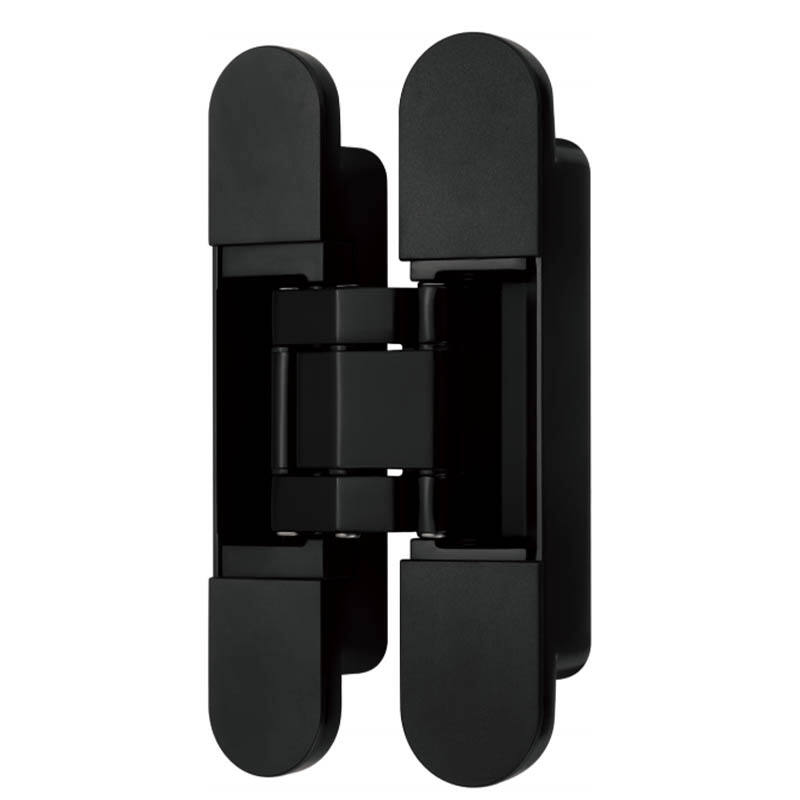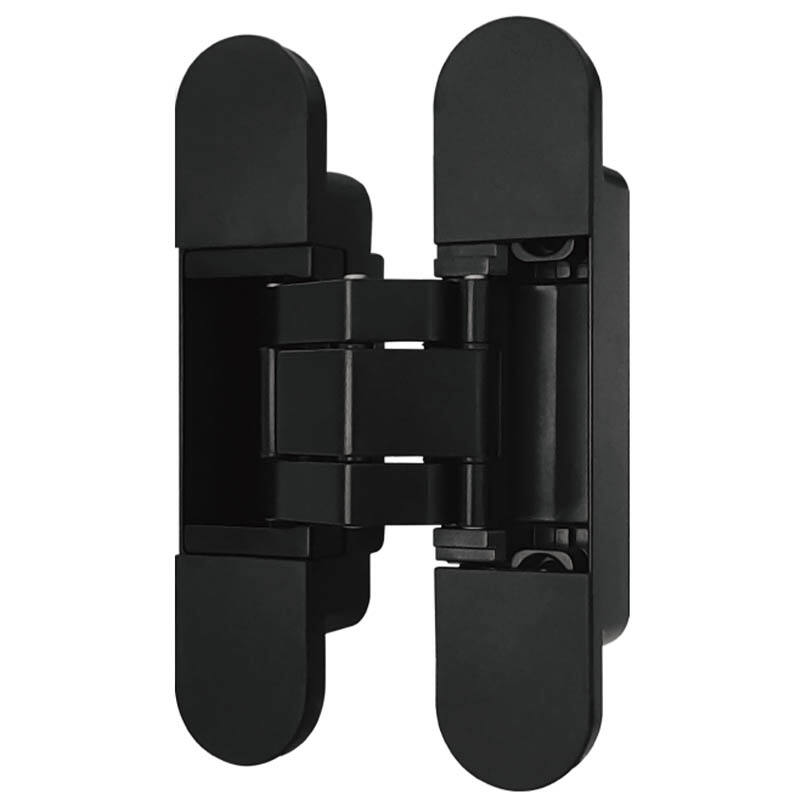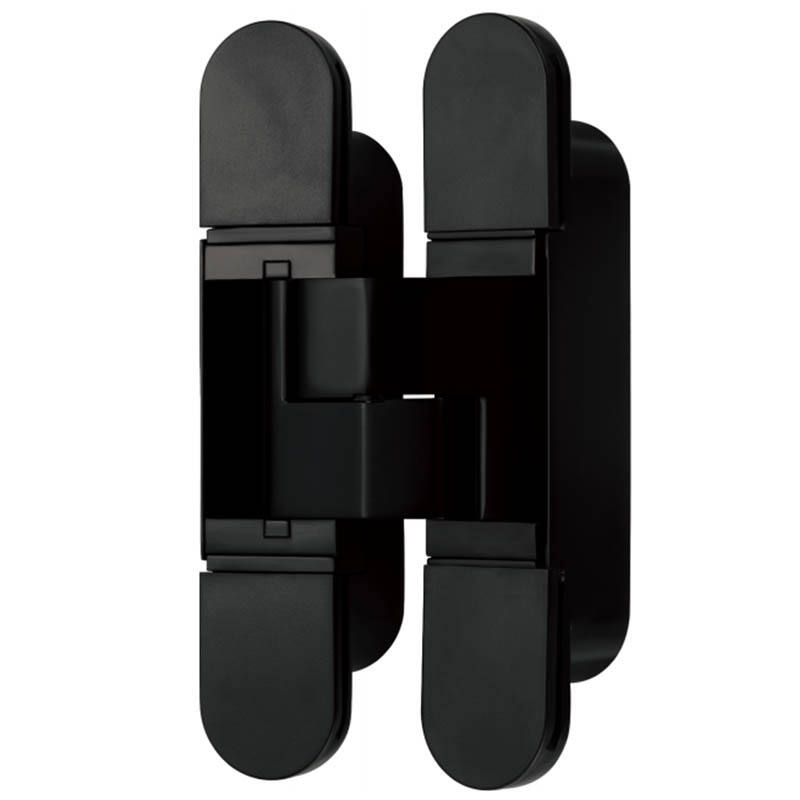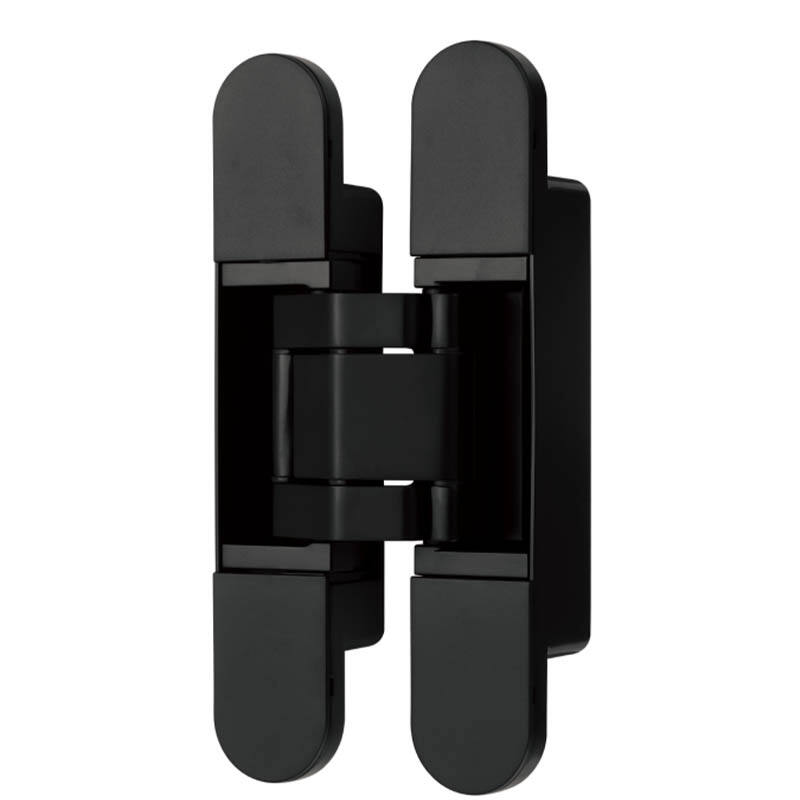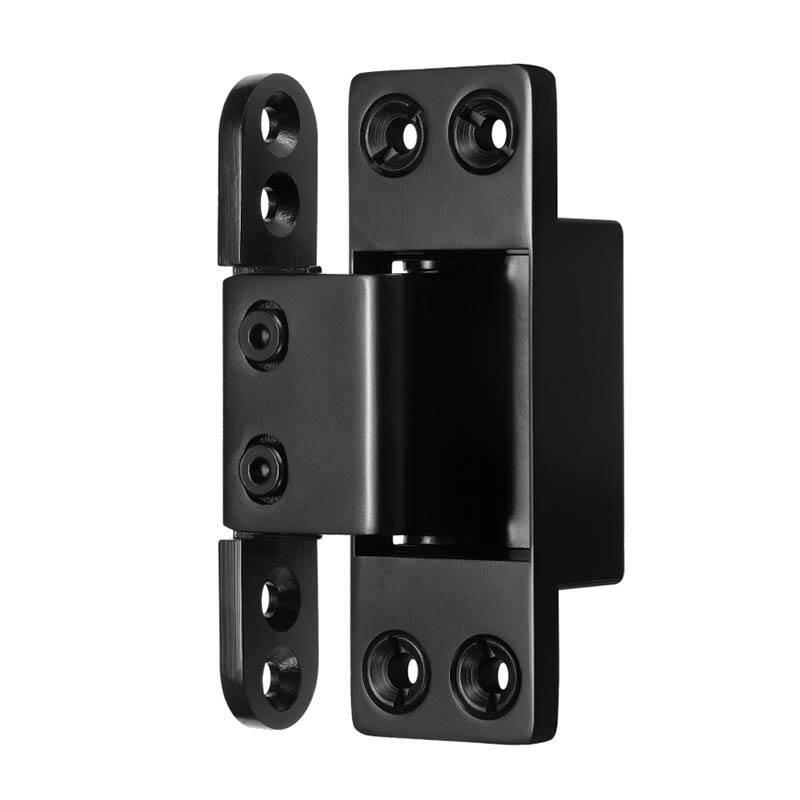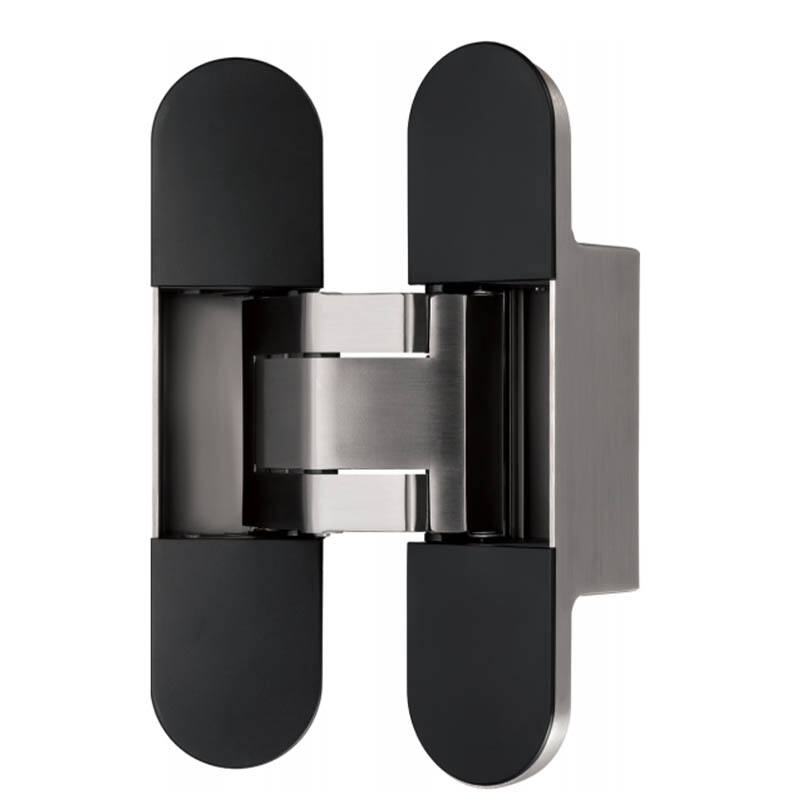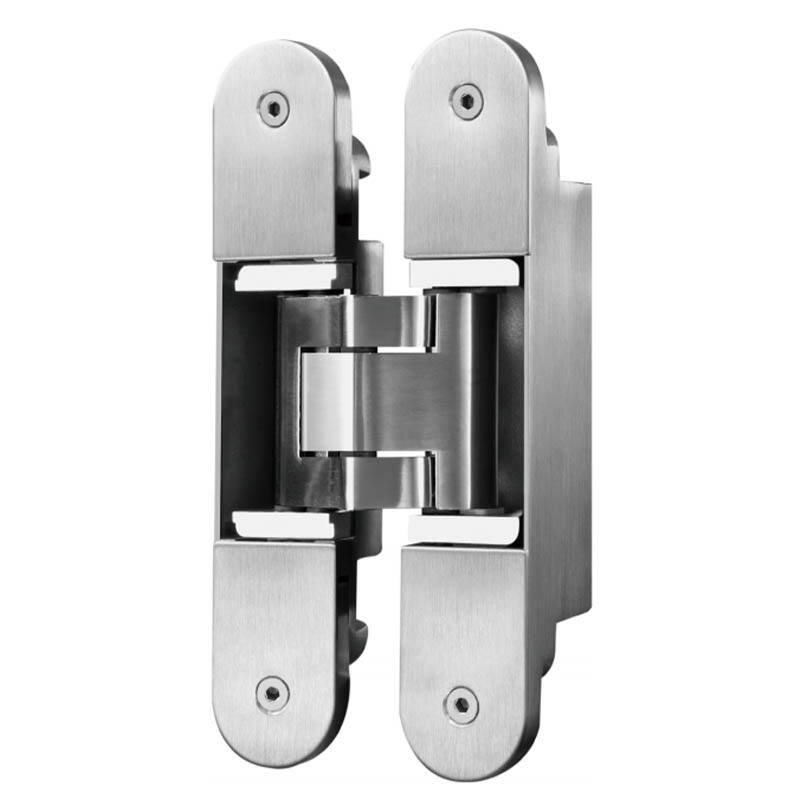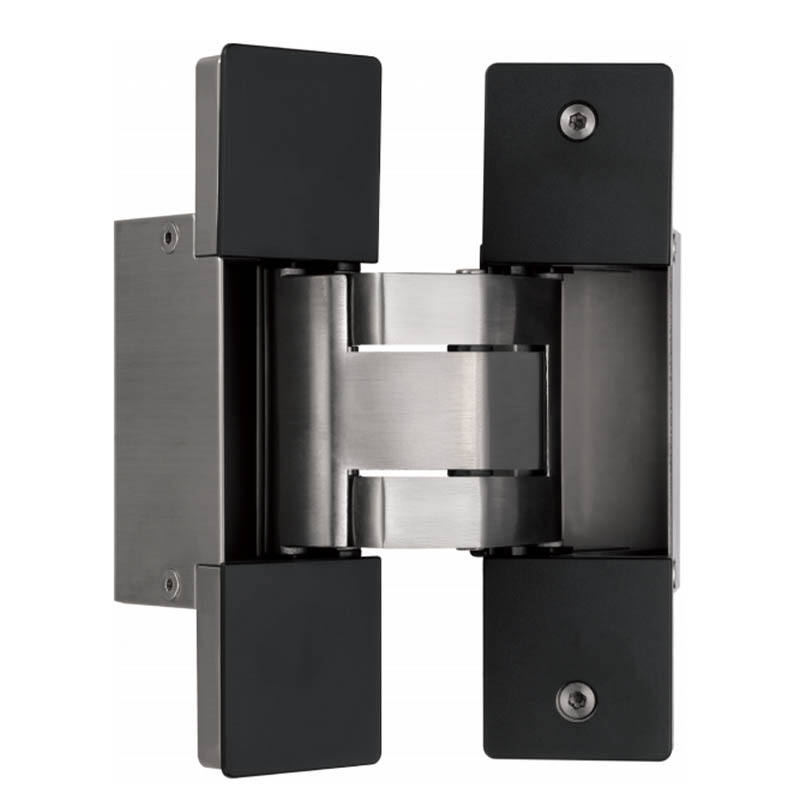How to choose the right hinge? Full analysis of key factors
Understanding the Importance of Choosing the Right Hinge
Cabinet doors wouldn't work properly without good hinges. These little metal parts do much more than hold things together. They make sure doors open and shut smoothly without getting stuck or out of whack. A bad hinge setup will have doors swinging off track after just a few months of use. That's not only annoying but can actually break the door frame eventually. Most people these days want cabinets with soft close hinges too. They quiet down those loud slamming noises and protect the wood from constant stress when someone opens or closes them all day long.
The choice of hinges makes a big difference in how cabinets look, and really impacts the overall design and fit within a space. There are all sorts of options when it comes to finishes and styles these days from those hidden hinges that nobody sees to adjustable models that let things line up just right. Traditional spaces often work well with visible hinges since they add character, whereas modern kitchens typically benefit from hidden hinges that create cleaner lines and don't distract from the overall appearance. Getting this right matters because good looking cabinets need to work properly too, so finding the right balance between form and function helps everything blend together naturally in whatever setting they're installed.
Types of Hinges: A Comprehensive Overview
Hinges play a big role in how cabinets work and look. When it comes to different kinds, most people go for concealed hinges because they have this modern look that hides all the metal parts. That makes them perfect for those who want something simple or contemporary in their space. These hinges aren't just pretty though. They actually hold up pretty well too, which means cabinets stay looking good without those ugly screws showing through. Kitchens especially love these hidden hinges since nobody wants to see bolts sticking out on cabinet doors. Same goes for bathrooms and living rooms where a smooth, continuous surface looks much better than hardware cluttering things up visually.
Adjustable hinges do more than just hold things together. These handy components let installers get everything lined up just right after putting them in place. Doors stay properly aligned even when wood expands or contracts because of temperature shifts or humidity changes. Wood moves around naturally, especially in different parts of the country where weather patterns vary so much. Anyone who has dealt with sticking doors knows how annoying those small misalignments can become over time. The best part? No need to take down entire cabinets just to tweak hinge positions. A few simple adjustments while standing there in the kitchen or bathroom makes all the difference for smooth functioning doors throughout their lifespan.
When dealing with really tough conditions, heavy duty hidden hinges become essential. They're built to take on massive door weights that regular hinges just can't handle. That's why they show up so much in places like warehouses, industrial buildings, and even in home kitchens with those thick wooden cabinets that slam shut if not properly supported. The way these hinges are made includes extra reinforcement throughout their structure. This makes sure they won't break down after a few months of constant use. People who install them know these aren't your average hinges for light duty jobs. They last years longer than standard models, which saves money in the long run despite the higher initial cost.
Soft close and self closing hinges make life easier for homeowners while keeping cabinets looking good longer since they stop those annoying door slams. The soft close ones have special dampers inside so doors just glide shut quietly instead of crashing into place. This protects the wood from damage over time and keeps things peaceful around the house rather than having constant bangs every time someone opens or closes a cabinet. Self closing hinges work great in kitchens and bathrooms where hands might be full. They basically pull the door closed on their own without needing anyone to reach back and push it shut, making daily routines much smoother especially when carrying dishes or toiletries.
Factors to Consider When Choosing Hinges
Picking out the right hinges for cabinets isn't something to rush into. There are quite a few things worth thinking about before making a decision. Start by looking at what kind of cabinet we're dealing with here. Frameless versus face frame makes a big difference when it comes to hinges. Frameless ones often need special mounting hardware that works differently compared to those old school face frame setups most people are familiar with. Knowing exactly what type of cabinet sits in front of us helps ensure the hinges actually work properly and look good while doing it. After all, nobody wants their cabinet doors slamming shut or sticking open because they got the wrong kind.
When thinking about cabinets, door style and overlay matter quite a bit too. What kind of door we choose plus the overlay type basically decides how much of the cabinet front gets covered when closed, which then affects hinge placement decisions. Take concealed hinges as one common choice these days because they look so clean and unobtrusive. Many people go this route especially if they want something with a modern, minimalistic vibe in their kitchen or bathroom space.
The weight and size of the doors play a significant role as well. Heavier doors, such as those used in commercial settings, require stronger and more robust options like heavy-duty concealed door hinges. These hinges ensure that the doors are adequately supported and function smoothly over time without sagging.
The finish on those hinges really matters when it comes to matching what's already there in the room. We're talking options like brushed nickel or oil rubbed bronze here. Getting these right means everything blends together nicely without looking out of place. When different metals clash, it just looks wrong somehow. The whole space feels disjointed instead of putting together properly. So picking the right finish isn't just about looks either it actually affects how comfortable people feel in that environment too.
Specific Applications: Choosing Hinges for Different Scenarios
Choosing the right hinges for different cabinet types makes all the difference when it comes to how long they last and how well they work. Kitchen cabinets take a real beating from everyday use, so their hinges need to hold up against constant opening and closing. Soft close options plus ones that can be adjusted after installation work best in these situations because they stop doors from slamming shut and let people tweak things if needed later on. Take concealed adjustable hinges as an example they make aligning everything much easier while still keeping that clean look most homeowners want. These little details might seem small but they actually matter a lot over time.
When it comes to bathroom cabinets, getting those special hinges that resist humidity really matters. Moisture builds up all the time in bathrooms, and regular hinges just don't stand up to that kind of dampness for very long. Rust starts creeping in after months of exposure. So what works best? Look for materials like stainless steel or brass that actually fight off corrosion instead of succumbing to it. These options keep looking good even when faced with constant steam and water splashes. Most people find that spending a bit extra on quality hinges pays off in the long run since they avoid having to replace whole cabinets down the line.
In commercial buildings, doors tend to be much bigger and get opened way more frequently than in homes, which means regular hinges just won't cut it. Strength matters most in these situations, which is why heavy duty hidden hinges work so well for big doors without messing up the look of the space. For homes though, people care about how things look almost as much as how they function. Homeowners might pick hinges based on their finish or whether they're completely hidden when closed. Some go for decorative brass or bronze options that match their interior style, while others prefer the clean lines of something that disappears into the door frame. The right hinge choice really depends on what kind of vibe someone wants to create in their living space.
Frequently Asked Questions About Hinge Selection
Getting the right hinge on those heavy doors matters a lot when it comes to lasting performance and keeping things stable over time. Most pros recommend going with heavy duty hidden hinges or the concealed adjustable kind. These particular models have been engineered to hold up under serious weight loads without looking out of place visually. What makes them stand out is how simple they are to tweak once installed, plus manufacturers typically build them from steel alloys that resist damage from daily usage. Warehouse entrances, commercial buildings, even large residential gates all benefit from this type of hardware since they just keep working reliably year after year despite constant opening and closing cycles.
Getting the right measurements for hinges matters a lot for proper fit with any door. The whole process basically comes down to figuring out three main things: how wide the door is, how deep it sits in its frame, and exactly where the hinges need to go. Take bad measurements and the hinge will either stick out awkwardly or create all sorts of problems down the road. Most folks don't realize just how much difference accurate specs make until they see their door warping over time from improper installation. Whether putting in brand new doors or swapping out old hinges, getting these numbers right from the start saves headaches later on.
Swapping out old hinges for something different works pretty well in most cases, though there are definitely things to watch out for first. Door clearance matters a lot, as does where those existing screw holes sit in relation to the new hardware. Getting this wrong can mess up the cabinet frame or leave doors hanging crooked. A little bit of measuring and test fitting goes a long way toward making sure everything lines up properly after installation. Most folks forget how critical it is to check both sides of the door before committing to any permanent changes. With some patience and attention to detail, changing hinge styles doesn't have to compromise the overall stability of the piece.
Summary of Key Factors in Hinge Selection
Picking out the correct hinge means finding a balance between good materials, what the hinge needs to do functionally, and how it looks in the finished product. When all these factors get proper attention, the hinge works well while matching up with the rest of the design elements. For anything outside standard applications, talking to someone who knows hinges inside out or digging into technical specs becomes pretty much essential. Nobody wants to install something that looks great but falls apart after a few months because it wasn't suited for the job at hand.
Recommended Products
Hot News
-
Hidden Hinges: The Invisible Solution for Seamless Design
2024-11-08
-
The Advantages of Alloy Concealed Hinges in Modern Architecture
2024-11-04
-
Shedding water in the big river, struggling to break the waves----Jibang Group's 2024-2026 business goals and 2024 annual business plan meeting was successfully held
2024-01-22
-
The wind is strong and the sails are sailing. It is the right time to work hard.
2024-01-22
-
The company established a special project team and discussed different technical issues with foreign engineers
2024-01-22
-
Endless Learning Empowers Development -- Establishment of Jibang College and Launching of Guanggong Jiban Metal Materials Class
2024-03-22

 EN
EN
 AR
AR
 HR
HR
 CS
CS
 DA
DA
 NL
NL
 FI
FI
 FR
FR
 DE
DE
 EL
EL
 HI
HI
 IT
IT
 KO
KO
 NO
NO
 PL
PL
 PT
PT
 RO
RO
 RU
RU
 ES
ES
 SV
SV
 TL
TL
 IW
IW
 ID
ID
 LV
LV
 LT
LT
 SR
SR
 SK
SK
 SL
SL
 VI
VI
 SQ
SQ
 ET
ET
 HU
HU
 TH
TH
 TR
TR
 MS
MS
 IS
IS
 LA
LA
 KK
KK
 UZ
UZ
 KY
KY
